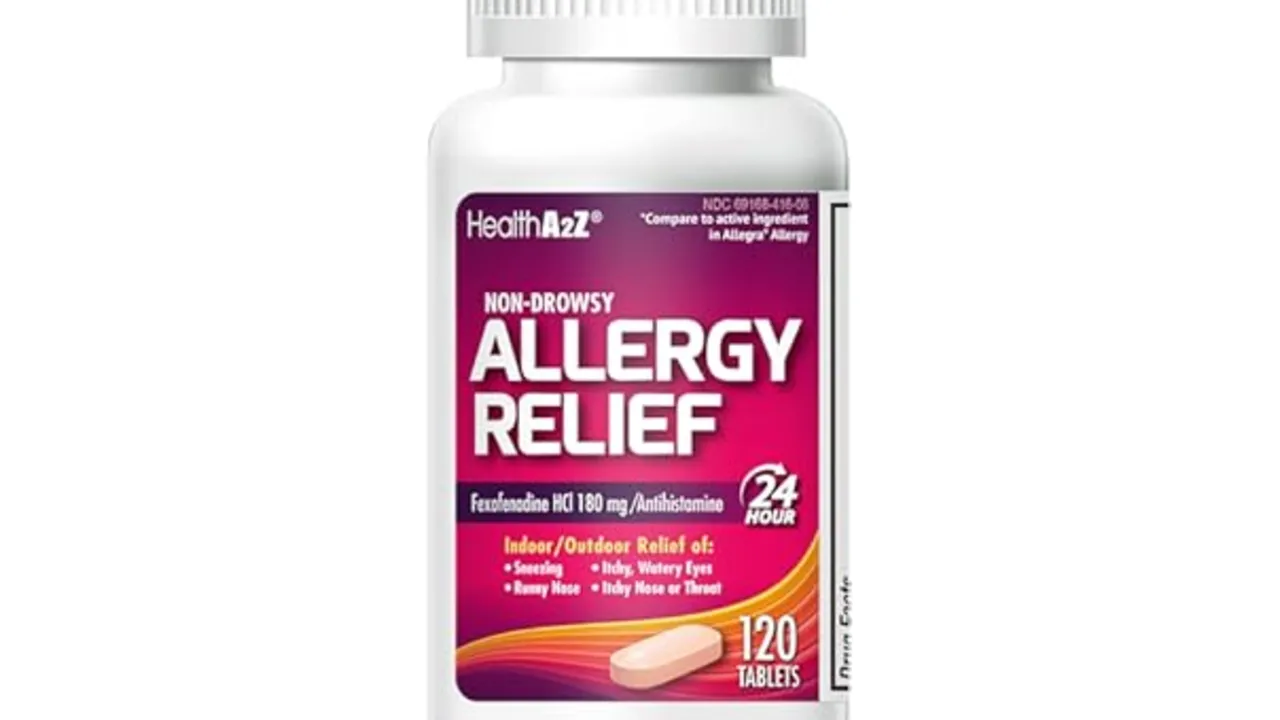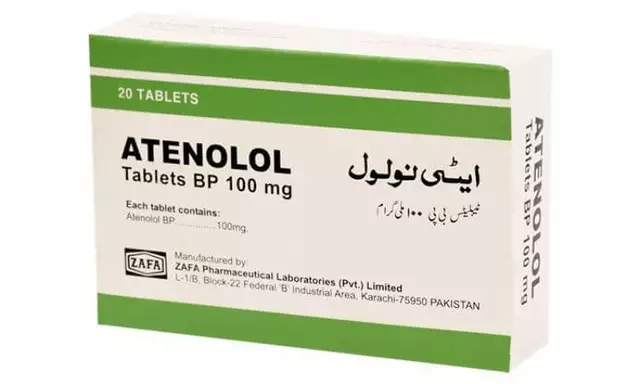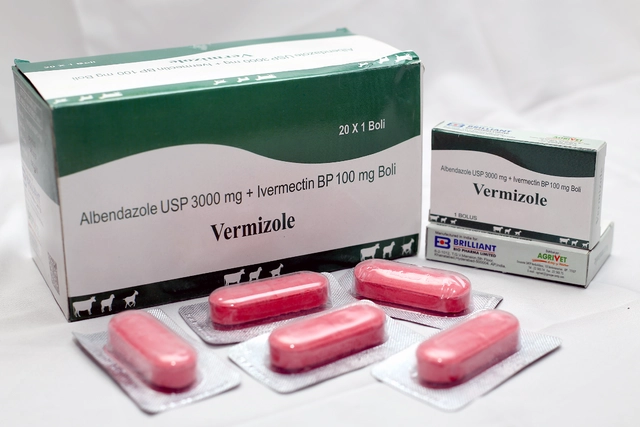Allergy Relief 2025 — What Actually Works Right Now
Allergy season feels longer every year, and the same old tricks don't always cut it. If you want faster, safer relief in 2025, focus on the right mix: a solid medication plan plus a few practical habits at home. Below I’ll walk you through what to try first, what’s new this year, and when to see a doctor.
Best over-the-counter and prescription options
Start with a non-drowsy antihistamine if you’ve got sneezing, itchy eyes, or a runny nose. Loratadine (Claritin), cetirizine (Zyrtec), and fexofenadine (Allegra) are the usual picks — they work fast for many people and don’t make you sleepy. If one doesn’t help after a few days, try another; people respond differently.
Nasal steroid sprays are the workhorse for congestion and long-term control. Fluticasone or budesonide reduce inflammation inside the nose and often beat antihistamines for stuffy noses. Use them daily during high pollen times — they can take a few days to reach full effect, but they give the best overall symptom control.
For quick relief of nasal itch and sneezing, intranasal antihistamines (azelastine) or combo sprays that add a steroid are useful. Eye drops with olopatadine help watery, itchy eyes without oral meds. If symptoms are severe or linked to asthma, your doctor may suggest montelukast — but be aware of mood and sleep warnings and discuss risks with your provider.
Newer options in 2025: sublingual immunotherapy (SLIT) tablets for grass, ragweed, and dust mites are widely available now, letting you build tolerance at home instead of getting shots. Biologic drugs like omalizumab and dupilumab are increasingly used for severe nasal polyps, chronic sinusitis, or uncontrolled allergic asthma. These are prescription-only and for people who don’t respond to standard treatment.
Practical habits and when to see a doctor
Small daily habits cut symptoms a lot. Check pollen forecasts and stay indoors on high-pollen days, keep windows closed, run a HEPA filter, and wash pillowcases weekly in hot water. After being outside, change clothes and rinse hair to avoid dragging pollen into bed.
Combine treatments smartly: an antihistamine plus a nasal steroid covers most bases. Avoid doubling sedating antihistamines with alcohol or sleep meds. For kids, always follow age-specific dosing and ask a pediatrician before starting new meds.
See a doctor if you have trouble breathing, repeated sinus infections, swelling of the face or throat, or if over-the-counter meds don’t help after a couple weeks. Ask about allergy testing if you want targeted treatment — testing opens the door to immunotherapy or tailored avoidance steps.
Want a quick action plan? Try a non-drowsy antihistamine plus a daily nasal steroid, boost home air control, and track pollen. If symptoms stay bad, ask your provider about SLIT or biologics — they’re changing care for people with stubborn allergies in 2025.

5 Alternatives to Fexofenadine in 2025: Exploring Your Options
Navigating the world of allergy relief can be daunting, especially with so many options available. Here, we explore alternatives to Fexofenadine in 2025, including Flonase, to help you understand your choices for managing symptoms like congestion and sneezing. Each alternative offers different benefits and drawbacks, so finding the right fit is essential. Our guide aims to simplify the decision-making process by providing a comprehensive look at what each option brings to the table. Whether you're battling hay fever or other allergies, knowing your options can lead to more effective relief.
MedicationsLatest Posts
Tags
- online pharmacy
- medication
- dietary supplement
- side effects
- online pharmacy UK
- medication safety
- mental health
- impact
- online pharmacies
- dosage
- skin health
- health
- pain relief
- dietary supplements
- massage therapy
- medication side effects
- eye inflammation
- health benefits
- mental health treatment
- thyroid medication




